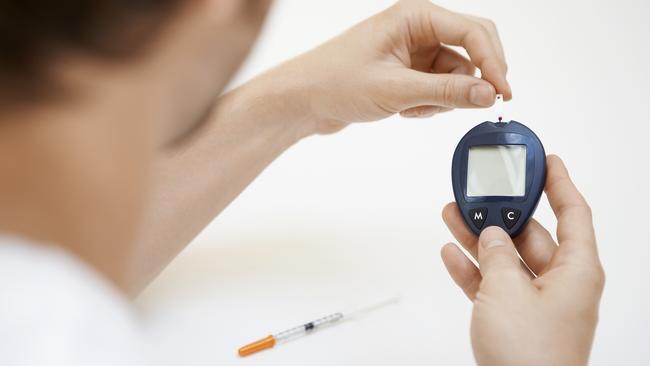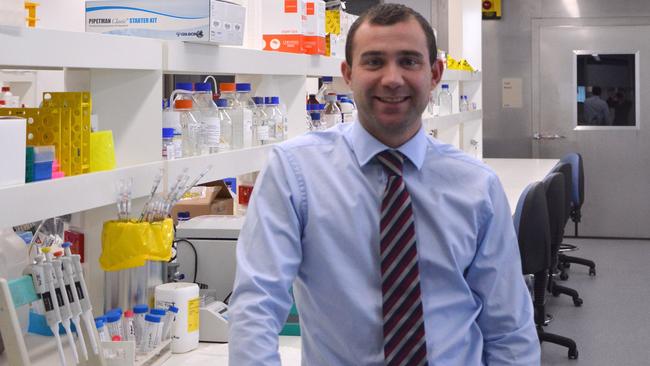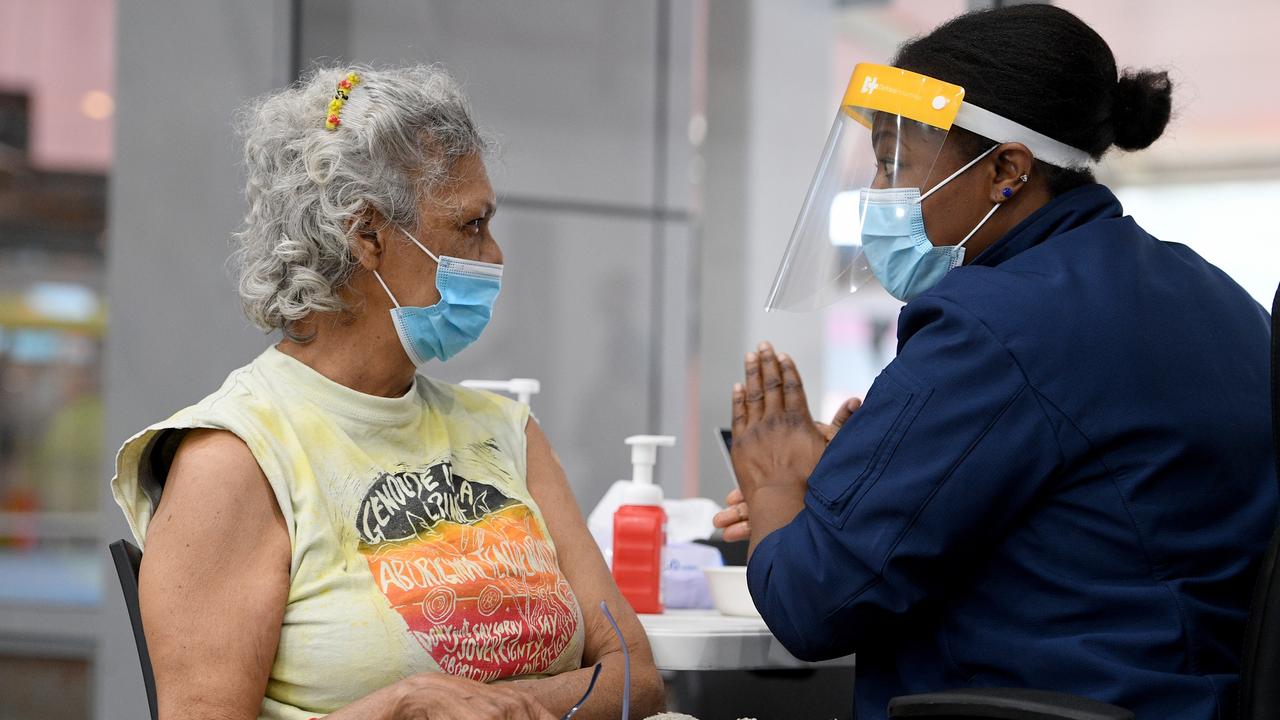Diabetes experts talk amputation in south west, state’s highest rate
LIVERPOOL LEADER The state’s highest rate of diabetes is in the south west, so it is only fitting the Sydney Diabetic Foot Conference is at Liverpool Hospital.

Southwest
Don't miss out on the headlines from Southwest. Followed categories will be added to My News.
The state’s highest rate of diabetes is in the south west, so it is only fitting the Sydney Diabetic Foot Conference is at Liverpool Hospital this week.
The event on Thursday and Friday brings together the world’s best clinicians and researchers on the specialist area of diabetes and the foot.
Head of Liverpool Hospital’s High Risk Foot Clinic, Matthew Malone said diabetes was a serious disease which could cause many complications.
Recent research from the Australian Diabetes Council shows that seven of the 10 suburbs with the highest rates of diabetes in NSW, are located in Sydney’s west.

“In Australia there are 3.6 million people with diabetes or pre-diabetes and more significantly, at a local level, Liverpool is ranked the number one diabetes hotspot in NSW.
While many associate diabetes with the heart and kidneys, diabetes-related foot disease, particularly amputation, is a significant problem.
Last year 3400 people with diabetes had amputations, equivalent to 65 people a day.
Mr Malone said the conference is held every two years and is designed to improve education for both local and international health professionals.
“And help fight the battle to prevent diabetes-related amputation,” he said.
“It brings together a range of specialists ... from podiatrists to endocrinologists.”
In addition to lectures, participants learn new skills and techniques at the Ingham Skills and Simulation Centre at Liverpool Hospital.
Over the two days, participants will hear from Dr William Jeffcoate from the UK who established the Nottingham Foot Ulcer Trials Unit, Dr George Andros and Professor Gregory Schultz from the US and Dr Sicco Bus from the Netherlands.
More than 300 delegates are expected to attend the conference.
An alliance between health professionals, government, hospitals, universities and educators is also addressing the high rate of western Sydney residents with diabetes.
The Western Sydney Diabetes Prevention and Management Initiative Alliance brings together professionals including GPs, hospitals, government, universities, town planners and educators, to develop a region response to diabetes prevention and management.
Mr Hadchiti said the steps to prevention were simple.
“But require co-operation from many sectors of the community,” he said.
“The first step is mapping the programs and facilities currently available in our region.”
A number of healthy living programs are already WSROC-sponsored, including free and low-cost boot camps, healthy cooking classes, free health screening and bicycle loan programs.
WHAT’S DIABETES?
■ For your body to work properly, you need to maintain healthy levels of glucose in the blood
■ Insulin is a hormone produced in the pancreas, and is needed for glucose to enter the cells and be converted to energy
■ Those with diabetes don’t make any insulin or enough insulin to work effectively
■ The glucose stays in the blood instead of being turned into energy. This is why blood glucose levels are higher in people with diabetes
■ High blood glucose can cause short and long term damage to the body
■ Complications can impact the heart, brain, eyes and feet


